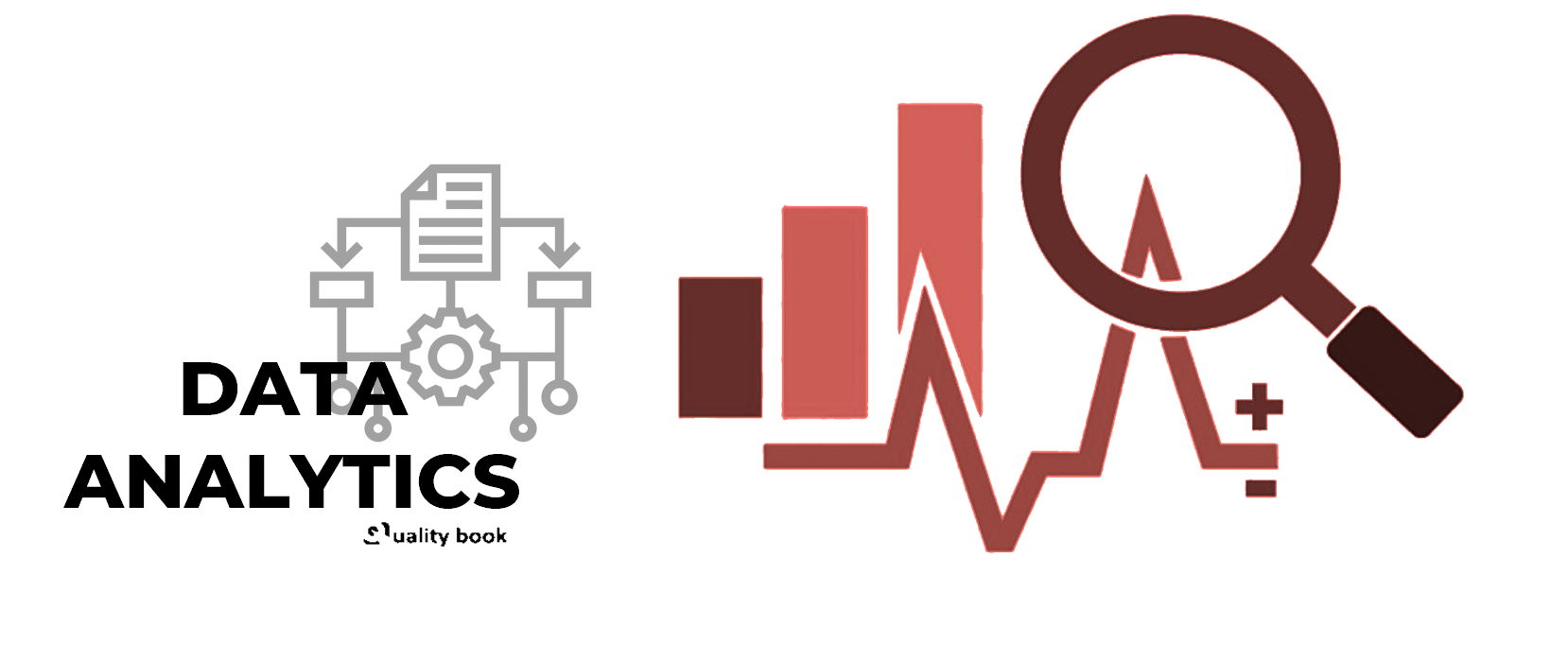Data Analytics is analyzing the information by collecting relevant data, and generate the insights to make easier to understand the data patterns for right decisions.
In process manufacturing environments, work can become routine for control-room technicians and other in-house experts. Due to slower-than-expected rates of economic recovery, greater emphasis has been placed on operational excellence and continuous improvement of techniques in the manufacturing industry.
As a result, there has been a renewed interest in kaizen, a lean manufacturing process known for bringing about quick results in concise time frames.

Improving Process Visibility Through Analytics-Infused Kaizen
Analytics-infused kaizens provide detection of relationships between inputs, processes and outputs, which helps to priorities improvement ideas. Process manufacturers working in industries including chemicals, energy, food or beverage processing need to monitor multiple enclosed tanks, pipes and ongoing flows at a fast pace.
In these industries, materials are processed continuously, from raw inputs to final output, with minimal delays. Undetected problems, particularly in the interim stages, can rapidly undermine results and affect quality and costs.
How Analytics Kaizen Solved a Hidden Manufacturing Inefficiency
Process manufacturers need as much visibility as possible and traditional methods can often fall short and become outdated. For example, a producer of high-protein cornmeal used a special enzyme in production and due to enzyme overuse, this generated higher processing costs.
Operators were under the impression that any time a problem in the upstream process occur. Increasing enzyme was require to maintain optimal protein levels. To tackle the issue, a team used traditional kaizen techniques- brainstorming, fishbone diagram and multi-voting as well as analytics tools. But due to a lag in the process, process upsets from upstream would not show up in the final protein levels for approximately eight hours.
Quantifying Improvement | The Power of Analytics in Kaizen
At the lowest enzyme ratio used per historical data, analytics showed no significant effect on final protein levels, undermining the rationale to increase enzyme dosing. Without the data, the opportunity for enzyme reduction without significant loss of protein would not have been reveals. It would have been hard to persuade technicians that increasing enzyme was not require, because it was a commonly held assumption.
In general, an analytics-infused kaizen does not take longer than the traditional kaizen because it draws from data that already exists. Manufacturers with automated data collection and storage usually collect thousands of data points. It is simply a question of asking for the relevant data associated with a given hypothesis. In addition to this, analytics infused-kaizens suggest effective ways to improve process flows. They go beyond largely qualitative and high-level analysis to add quantitative detail, through asking additional questions in the process, such as, “what is the baseline performance of our process?” and “Where are there significant delays between steps?”
Data Analytics | The Key to Objective and Effective Kaizen
As such, the ability to request precise, statistically relevant data and analyses it enables kaizen leaders either to go beyond hunches about problems. With kaizen events, team typically tackle problems with limited scope and suggest improvement ideas within a week or two, with the aim of looking for delays between steps, improving discrete manufacturing workflows, as well as streamlining transactional processes.
Another benefit of kaizen is that examining objective data can diffuse tensions between team members holding conflicting viewpoints and break through long-held assumptions and myths. Statistical software and an analytics platform are require. Along with basic statistical training for project leaders and in-house experts. At the very least, the team should have access to individuals with statistical skills.
Analytics are useful both in the week of preparation and during the kaizen event, when members of the wider team may call for additional data to test additional hypotheses. In this way, analytics can be of huge benefit to process manufacturers.